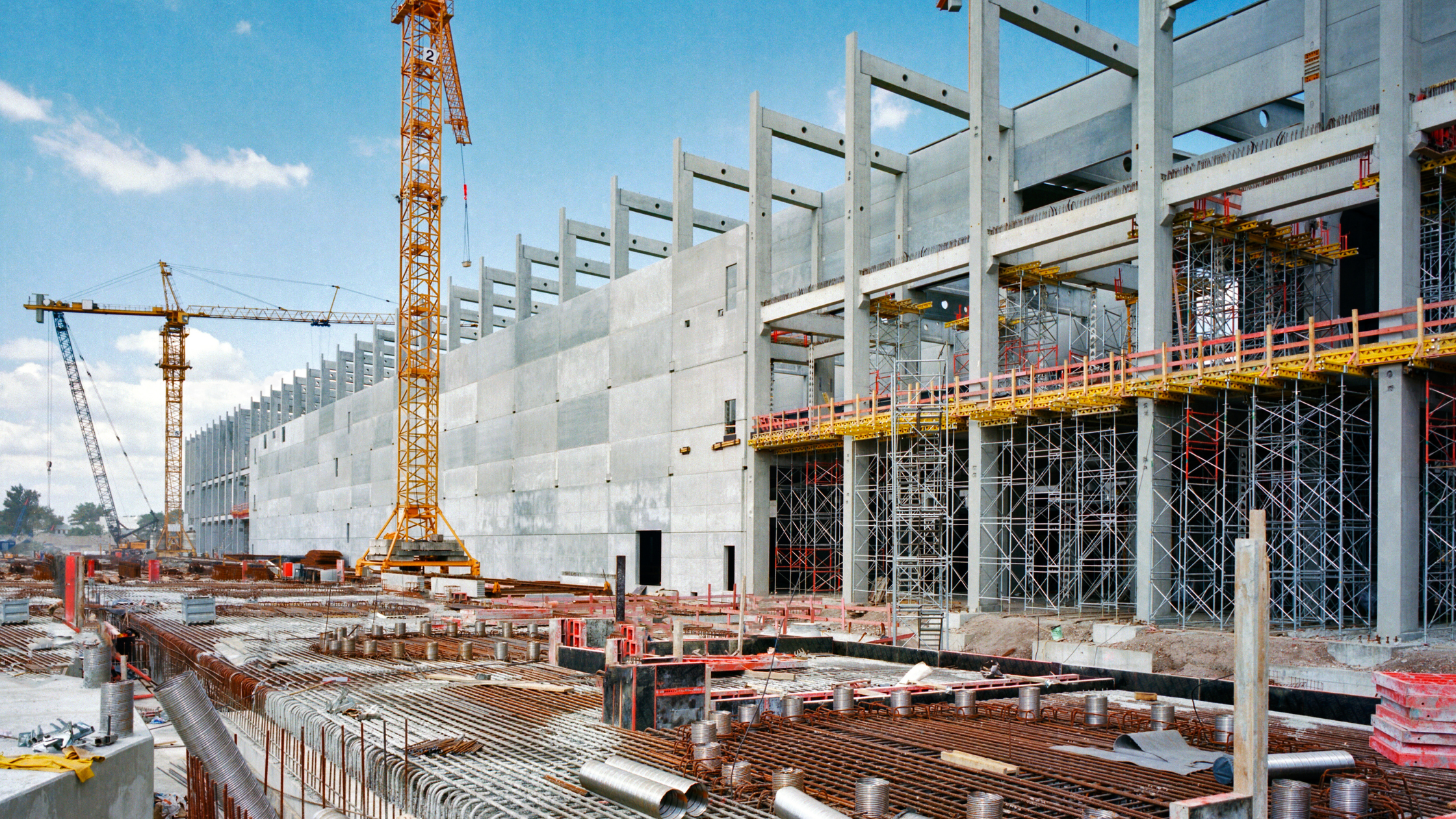According to the Associated Builders and Contractors (ABC, construction backlog numbers showed a dip in August. The backlog, which represents the number of projects contractors have lined up, decreased from 8.9 months in July to 7.8 months in August. This decline comes after several months of relative stability, signaling a potential slowdown in the construction sector.
Contributing factors
One contributing factor to the decline is reduced demand in the commercial and industrial sectors, where project starts have dropped off. ABC’s report also highlighted that contractor confidence dipped slightly, reflecting concerns over future projects and the availability of skilled labor. Although contractors still express optimism about the market, the recent numbers indicate some caution as industry challenges persist.
Breaking down the data further, large contractors experienced the most considerable backlog decrease, while small and mid-sized firms have seen relatively stable workloads. Regional differences were also apparent, with the South continuing to lead in backlog, largely due to infrastructure projects and strong residential demand. In contrast, the Northeast experienced the largest drop.
Other factors
Rising costs and supply chain issues have added further pressure, with contractors noting that materials shortages continue to affect their ability to take on new projects. While these issues have been a long-standing concern, the recent dip in backlog may indicate a shift from a thriving construction environment to one facing more uncertainty.
Despite the decline, ABC’s chief economist, Anirban Basu, noted that demand remains solid in some sectors, particularly infrastructure and healthcare. Contractors working on government-funded projects like transportation and water systems are still seeing steady growth.
Bottom line
This decrease in backlog doesn’t necessarily signal an industry-wide contraction. Still, it suggests that contractors must be prepared for potential slowdowns, especially in sectors vulnerable to economic changes. It will be important to monitor the next few months to see if the trend continues or if new opportunities arise to stabilize workloads.


